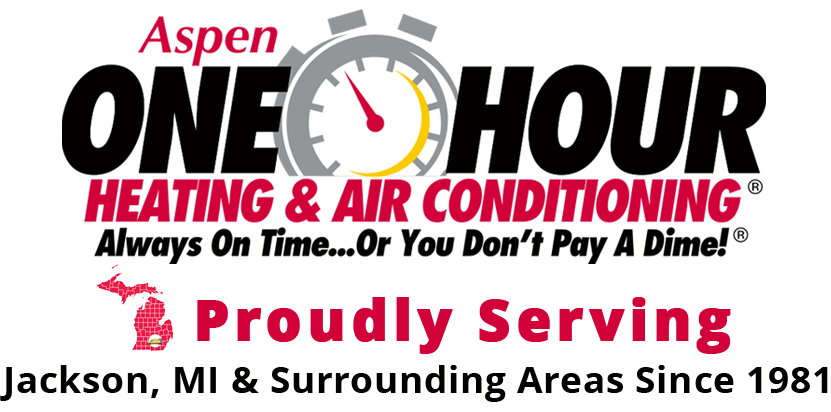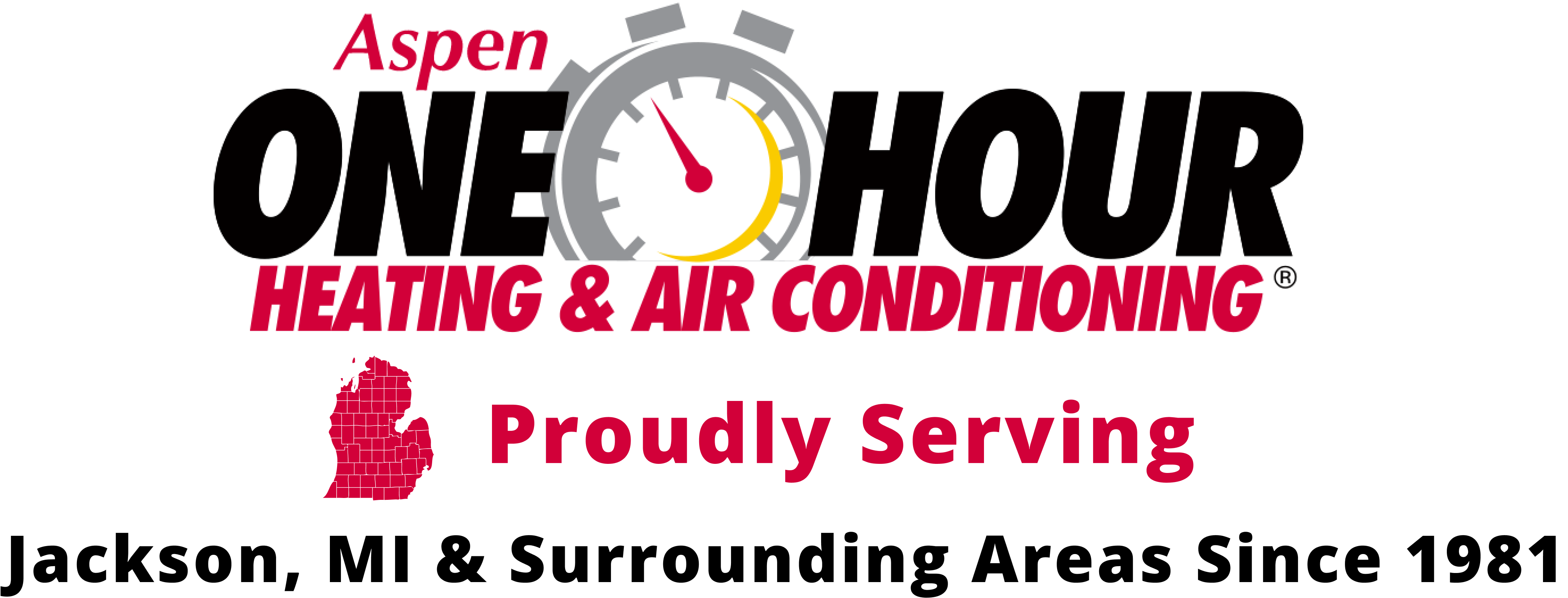What’s the Issue? Dehumidifier vs. AC
Michigan summers are known for their unpredictable mix of heat and humidity. While July often brings the heat, August tends to crank up the moisture—making homes feel sticky, uncomfortable, and downright oppressive. If you’re battling muggy indoor air, you might be wondering: Dehumidifiers vs AC—what’s the best solution for Michigan’s August humidity?
Let’s break down the differences, benefits, and strategic uses of both systems so you can make the smartest choice for your home comfort and energy efficiency.
Understanding Michigan’s August Climate
August in Michigan is a transitional month. Temperatures begin to dip slightly, but humidity levels often remain high due to lingering summer moisture and frequent rain. This creates a unique challenge for homeowners:
- High indoor humidity can lead to mold growth, musty odors, and discomfort.
- Air conditioners cool the air but may not always remove enough moisture.
- Dehumidifiers target humidity directly but don’t cool the air.
So which system should you rely on—and when?
Dehumidifier vs. AC: Core Differences
| Feature | Air Conditioner (AC) | Dehumidifier |
| Primary Function | Cools Indoor Air | Removes Moisture from Indoor Air |
| Humidity Control | Indirect (Some Moisture Removal | Direct and Efficient |
| Energy Consumption | Higher (Especially Older Units) | Lower (Especially Portable Models) |
| Comfort Impact | Lowers Temperature and Humidity | Lowers Humidity Only |
| Installation | Central or Window Units | Portable or Whole-House Options |
| Cost | Higher Upfront and Operating Costs | Lower Upfront and Operating Costs |
How AC Handles Humidity (and Its Limits)
Air conditioners work by pulling warm air from your home, cooling it via refrigerant coils, and redistributing it. During this process, some moisture is removed—but not always enough to combat Michigan’s August humidity.
Limitations of AC in Humid Conditions:
- Oversized units cool too quickly without dehumidifying properly.
- Older systems may struggle to remove moisture efficiently.
- Short cycling reduces the time air spends over the coils, limiting moisture removal.
If your AC is running constantly but your home still feels damp, it’s likely not keeping up with the humidity load.
What Dehumidifiers Do Best
Dehumidifiers are designed specifically to reduce moisture in the air. They pull in humid air, condense the moisture, and release drier air back into the room.
Benefits of Using a Dehumidifier:
- Improves indoor air quality by reducing mold and allergens.
- Enhances comfort without overcooling.
- Protects your home from moisture damage (e.g., warped wood, peeling paint).
- Reduces strain on your AC, potentially lowering energy bills.
In Michigan, where basements and crawl spaces are common, dehumidifiers can be especially useful in preventing dampness and mold growth in these areas.
Best Use Cases for Michigan Homes
When to Use AC:
- During peak heat waves (above 80°F).
- When cooling is the primary goal.
- In homes with central air systems designed for humidity control.
When to Use a Dehumidifier:
- On cooler, humid days (below 75°F).
- In basements, bathrooms, or laundry rooms.
- When AC alone isn’t solving moisture issues.
Combo Strategy:
Many Michigan homeowners benefit from using both systems strategically. For example:
- Run the AC during the day to cool and dehumidify.
- Use a dehumidifier at night or in specific rooms to maintain dryness.
Whole-House Dehumidifiers vs. Portable Units
If humidity is a consistent issue, consider upgrading to a whole-house dehumidifier. These systems integrate with your HVAC and offer:
- Automatic humidity control
- Quiet operation
- Energy efficiency
Portable units are great for spot treatment but may struggle with larger spaces or high moisture loads.
Energy Efficiency and Cost Considerations
AC Energy Use:
- Central AC units can consume 3,000–5,000 watts per hour.
- Frequent cycling increases wear and tear.
Dehumidifier Energy Use:
- Portable units typically use 300–700 watts per hour.
- Whole-house models are more efficient long-term.
Using a dehumidifier to reduce humidity can allow your AC to run less often, saving on electricity and maintenance costs.
Signs You Need a Dehumidifier
Not sure if your home needs one? Watch for these signs:
- Windows fogging up
- Musty smells
- Mold spots on walls or ceilings
- Sticky skin or clammy air
- Increased allergy symptoms
If these issues persist even with AC running, a dehumidifier could be the missing piece.
Installation Tips and Maintenance
For AC:
- Schedule seasonal maintenance (especially before August).
- Clean filters monthly.
- Ensure proper sizing and airflow.
For Dehumidifiers:
- Empty the water reservoir regularly (or use a drain hose).
- Clean coils and filters.
- Monitor humidity levels with a hygrometer (ideal range: 40–50%).
Final Verdict: Dehumidifiers vs. AC for Michigan’s August
There’s no one-size-fits-all answer—but here’s a strategic summary:
- If your home is hot and humid, AC is essential.
- If your home is cool but damp, a dehumidifier is more efficient.
- If you want optimal comfort and energy savings, use both in tandem.
Michigan’s muggy August demands a flexible approach. By understanding how each system works and when to use it, you can create a healthier, more comfortable home environment—without overspending on energy.
Need Help Choosing the Right System?
If you’re unsure which solution fits your home best, contact Aspen Heating and Cooling, professionals who understands Michigan’s climate challenges. They can assess your space, recommend the right equipment, and even help with installation.

